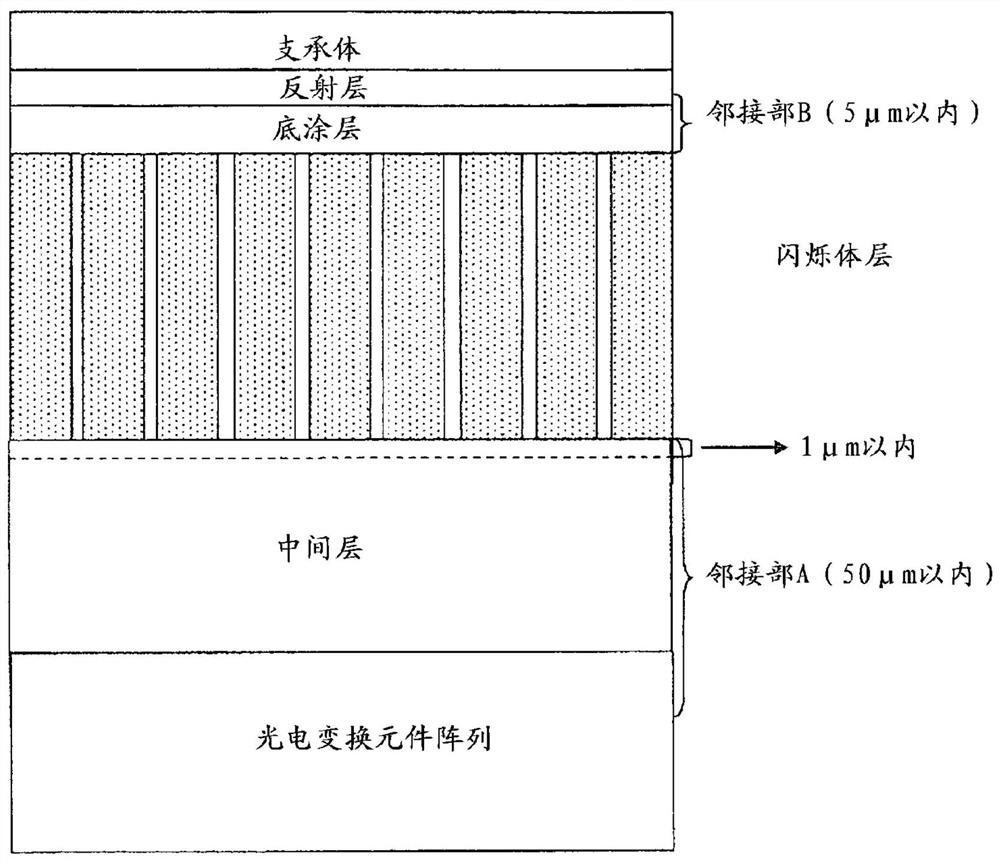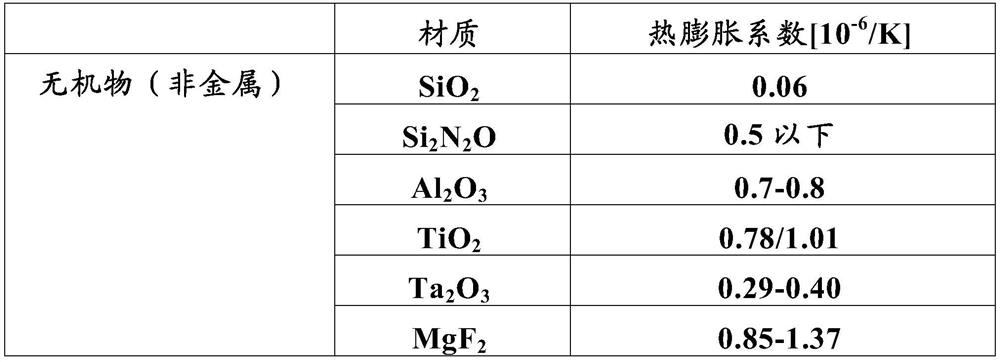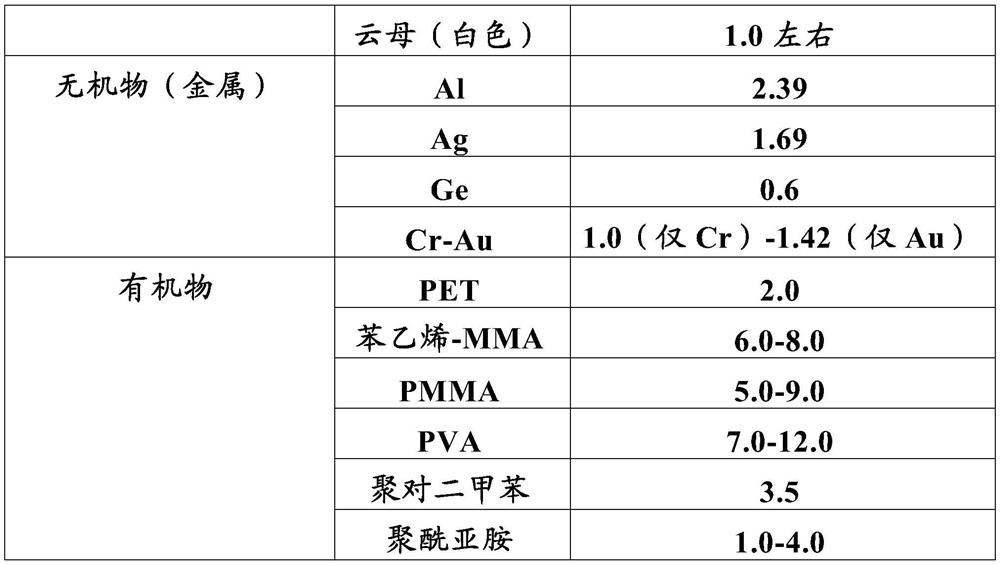radiation detector
A radiation detector and radiation technology, applied in radiation measurement, instrumentation, X/γ/cosmic radiation measurement, etc., can solve problems such as image quality degradation
- Summary
- Abstract
- Description
- Claims
- Application Information
AI Technical Summary
Problems solved by technology
Method used
Image
Examples
Embodiment
[0190] Hereinafter, the present invention will be described in detail through examples, but the present invention is not limited thereto.
manufacture example
[0192] As the support, a polyimide film (UPILEX-125S, manufactured by Ube Industries, Ltd.) with a thickness of 125 μm was used.
[0193] (production of reflective layer)
[0194] The resin reflection layers of Examples 1 to 6 and Comparative Examples 1 to 5 were coated with titanium oxide dispersed in polyester fiber resin with a thickness of 50 μm.
[0195] In Example 7, silver was sputtered, and in Example 8, aluminum was sputtered to form a reflective layer (100 nm).
[0196] Examples 9 and 10 did not form a reflective layer.
[0197] (Preparation of base coat)
[0198] The SiO of embodiment 1,9,10 and comparative example 2,3 2 The undercoat layer is formed by sputtering of silicon dioxide. The thickness is 100 nm.
Embodiment 2
[0199] Example 2 by Al 2 o 3 The bottom coat that constitutes, embodiment 3 and comparative example 5 are made of TiO 2 The base coat that constitutes, embodiment 4 and comparative example 4 are made of MgF 2 The constituting undercoat layer was prepared by applying a dispersion obtained by dispersing these particles in a solvent to a thickness of 50 μm and drying it. As the binder, a binder containing 30% by mass of polyester fiber resin relative to the particles was used.
[0200] Regarding the polyester fiber undercoat layer of Examples 5, 7 and 8, and Comparative Example 1, by dissolving Byron (registered trademark) "200 (type)" (Toyobo Co., Ltd.) in methyl ethyl ketone [MEK] Manufacture: polymer polyester fiber resin), and apply so that the dry film thickness becomes 3 μm to form a primer layer.
[0201] The polymethyl methacrylate (PMMA) undercoat layer of Example 6 was dissolved in methyl ethyl ketone [MEK] and applied so that the dry film thickness would be 3 μm to...
PUM
| Property | Measurement | Unit |
|---|---|---|
| thickness | aaaaa | aaaaa |
| emission peak | aaaaa | aaaaa |
| thickness | aaaaa | aaaaa |
Abstract
Description
Claims
Application Information
 Login to View More
Login to View More - R&D
- Intellectual Property
- Life Sciences
- Materials
- Tech Scout
- Unparalleled Data Quality
- Higher Quality Content
- 60% Fewer Hallucinations
Browse by: Latest US Patents, China's latest patents, Technical Efficacy Thesaurus, Application Domain, Technology Topic, Popular Technical Reports.
© 2025 PatSnap. All rights reserved.Legal|Privacy policy|Modern Slavery Act Transparency Statement|Sitemap|About US| Contact US: help@patsnap.com



